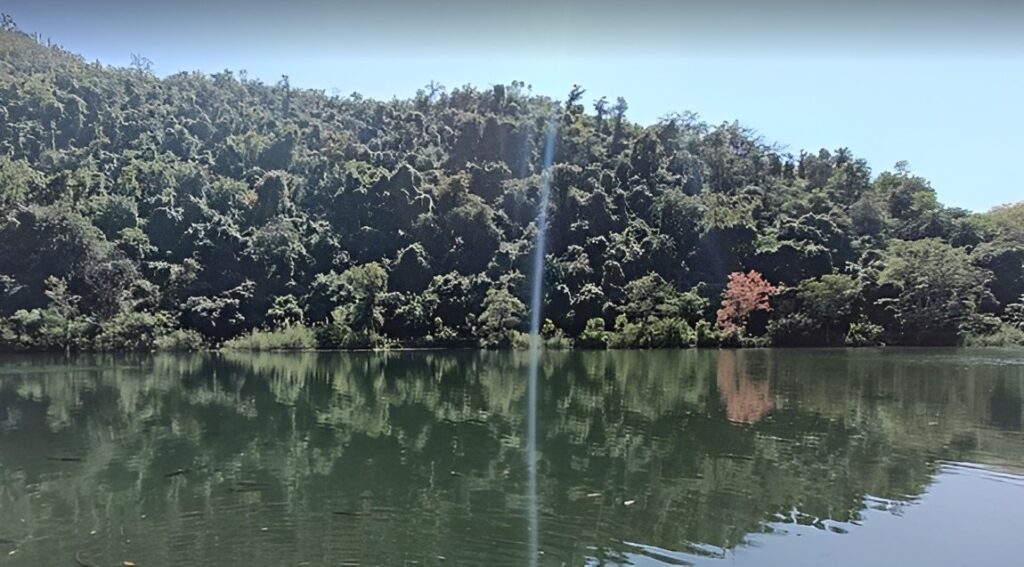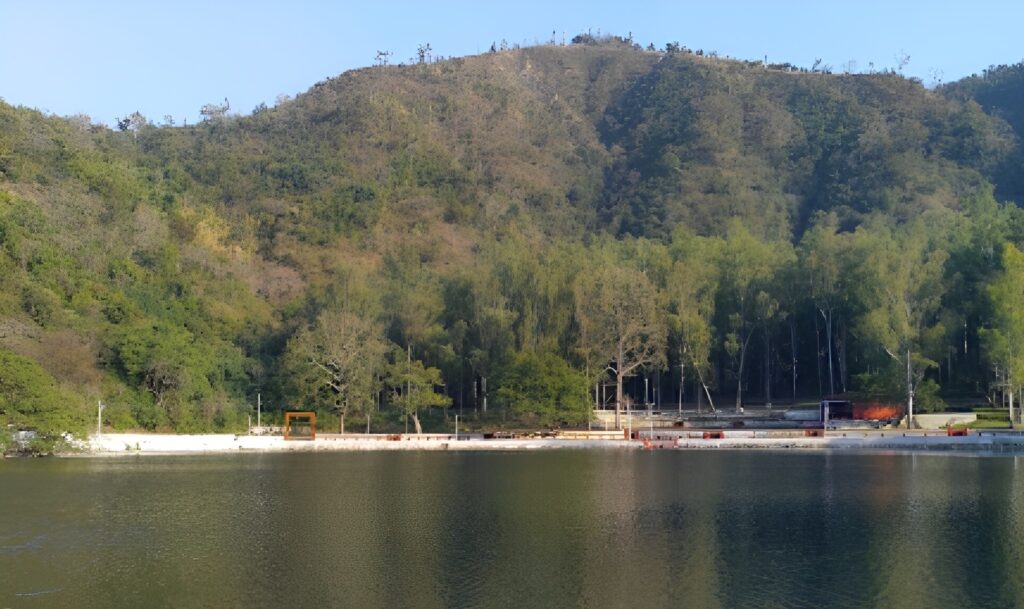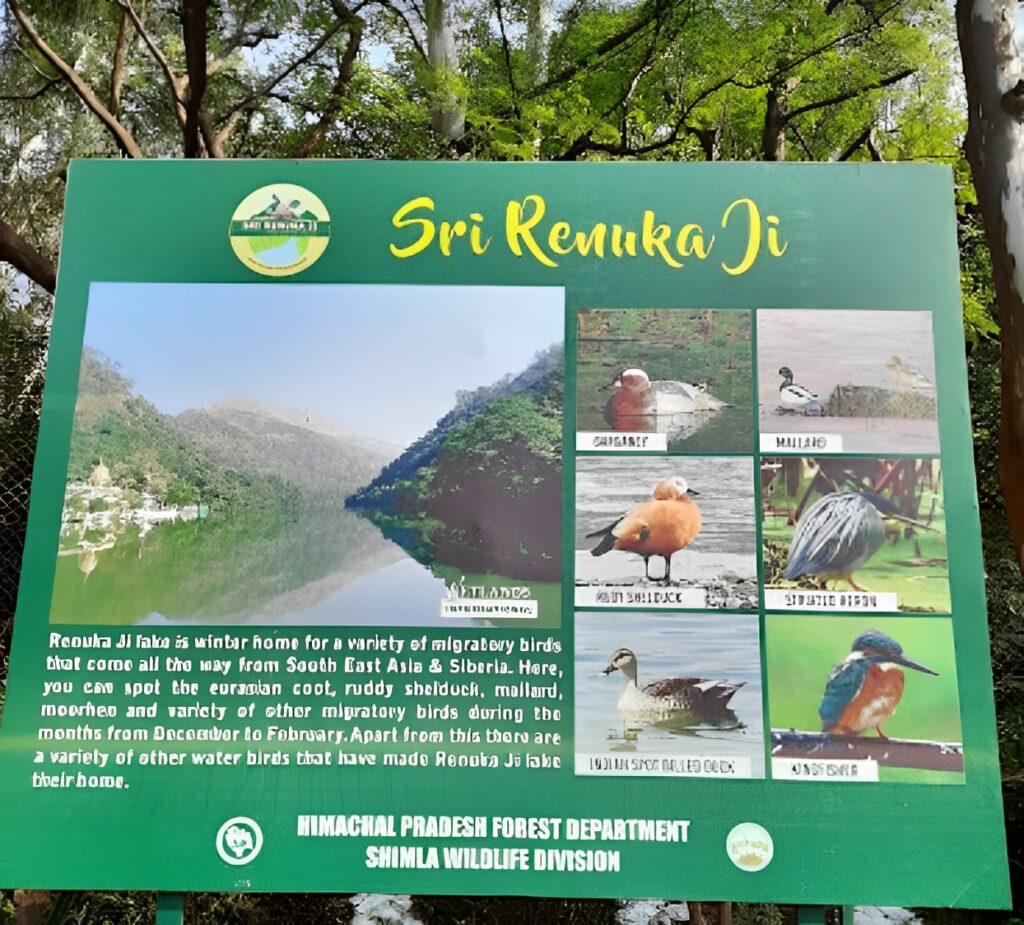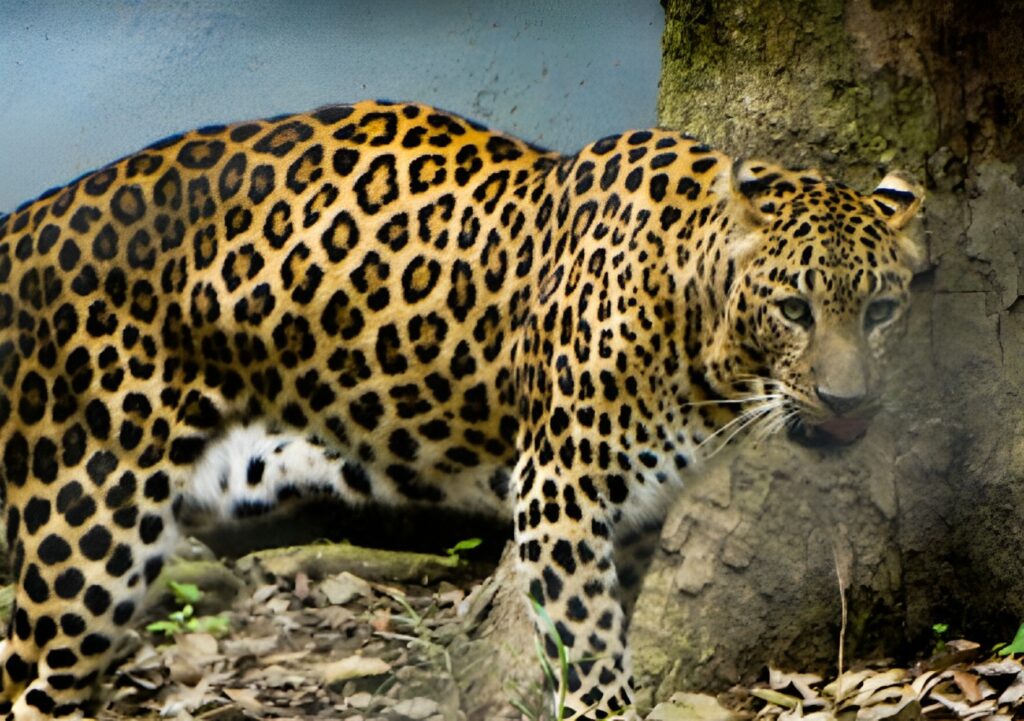
Himachal Pradesh, the land of the gods, is abundant in its natural landscape. Mountains, lakes, hot springs, and valleys transport you away from the mundane experience of daily life. There is a place in Himachal that has the same potential but is still not very popular among the people. Yes, the Renuka Wildlife Sanctuary, located in the Himachal Pradesh district of Sirmaur and covering an area of 4,028 square kilometers, provides an exotic view and experience. A buffer zone of 3 square kilometers has been established.
Geography
Renuka wildlife sanctuary houses a lake named Renuka Lake, which is the largest lake in Himachal Pradesh with a circumference of about 3214 meters. Lakes attract a number of bird visitors around the world. Being very important for ecological balance, it was designated as a Ramsar site in November 2005. Renuka Wildlife Sanctuary, also known as Renuka Forest, encloses a mini-zoo, which is the oldest zoo in Himachal Pradesh. It was set up in 1983. A pair of lions were brought to the zoo in 1975.
Renuka Temple, dedicated to Shri Renuka Ji, is in the background of Renuka Lake and gets visited during the Shri Renukaji Fair.

Relegious aspect
Renuka is the name of a lake, temple, and wildlife sanctuary. According to a popular legend, Pashuram, the sixth avatar of Vishnu, was the son of Renuka and Jamadagini. Once Pashuram’s father Jamadagini ordered Pashuram to kill Renukaji. Pashuram executes the order. After killing his mother, Pashuram begged his father for his mother’s life. At last, Jamadagini agreed.
But there was a devil named Shastarvahu who wanted to marry Renukaji and tried to abduct her. To escape the abduction, she fell into a small pond and disappeared into it. Ever since the lake has been worshipped as Renukaji Lake.

Flora of Renuka wildlife sanctuary
The flora of Renukaji Wildlife Sanctuary is composed of a variety of trees, shrubs, and herbs that grow in the lush green forests. The most common tree species found here are deodar, oak, pine, and kail. These trees provide a habitat for many species of wildlife and also play a crucial role in maintaining the balance of the ecosystem. The undergrowth is composed of a variety of shrubs and herbs that provide food and shelter for many species of wildlife.

Fauna of Renuka wildlife sanctuary
The fauna of Renukaji Wildlife Sanctuary is equally diverse and includes a variety of mammals, birds, reptiles, and amphibians. Some of the common mammals found here are the Himalayan black bear, leopard, yellow-throated marten, and the Himalayan tahr. The sanctuary is also home to a variety of bird species, including the monal, the koklass, and the Himalayan snowcock.
At present, the wildlife sanctuary comes under the Shimla Wildlife Division
.
How to Reach Renuka wildlife sanctuary
Air: Chandigarh airport is nearly 130 km away from Renukaji wildlife sanctuary.
Rail: The railway stations of Chandigarh and Kalka are 120 and 130 kilometers away, respectively.
Road: Dadadu, a small town in Sirmaur, is 30 km from Nahan. Nahan is well-connected with Chandigarh and other places
